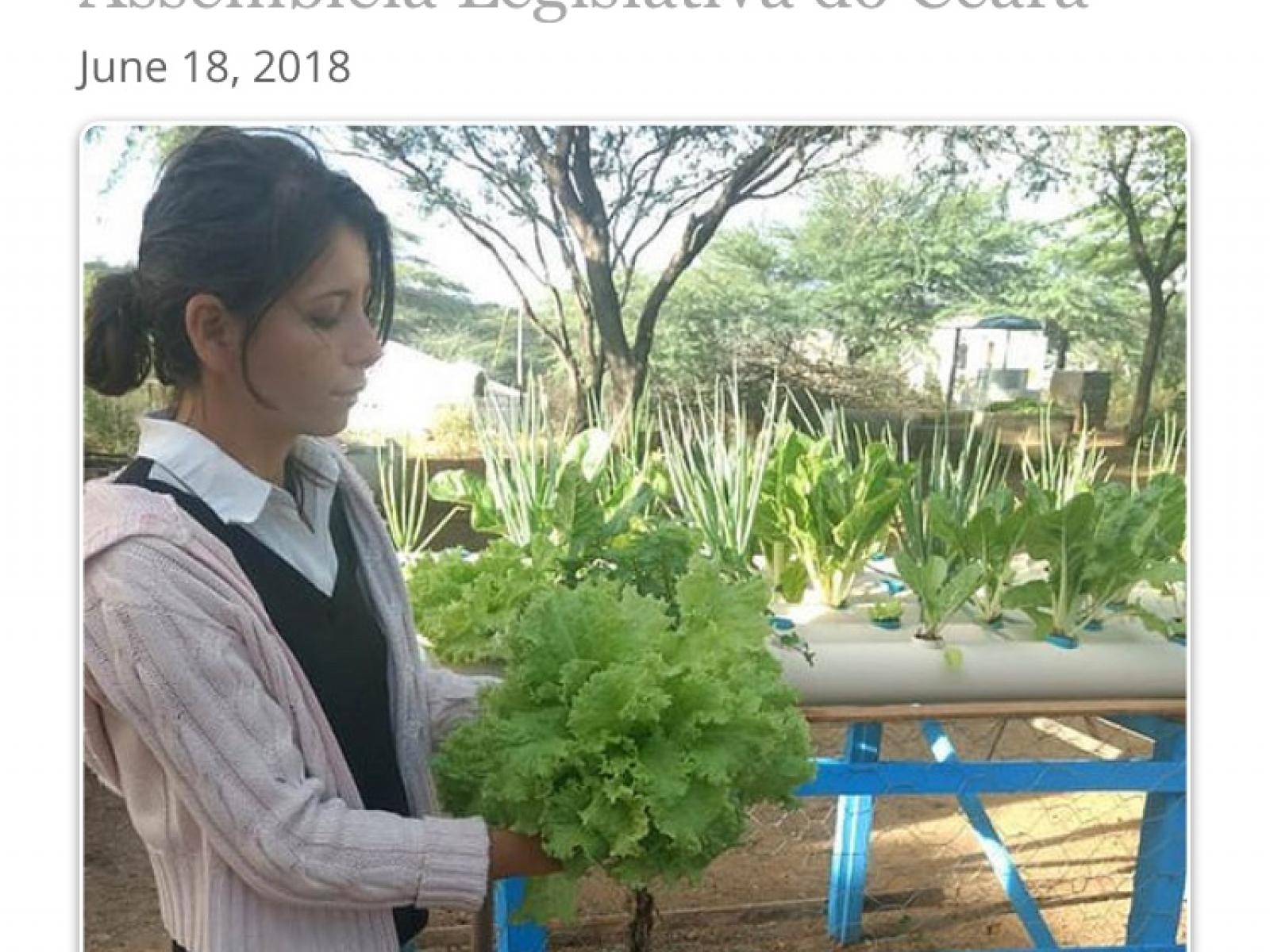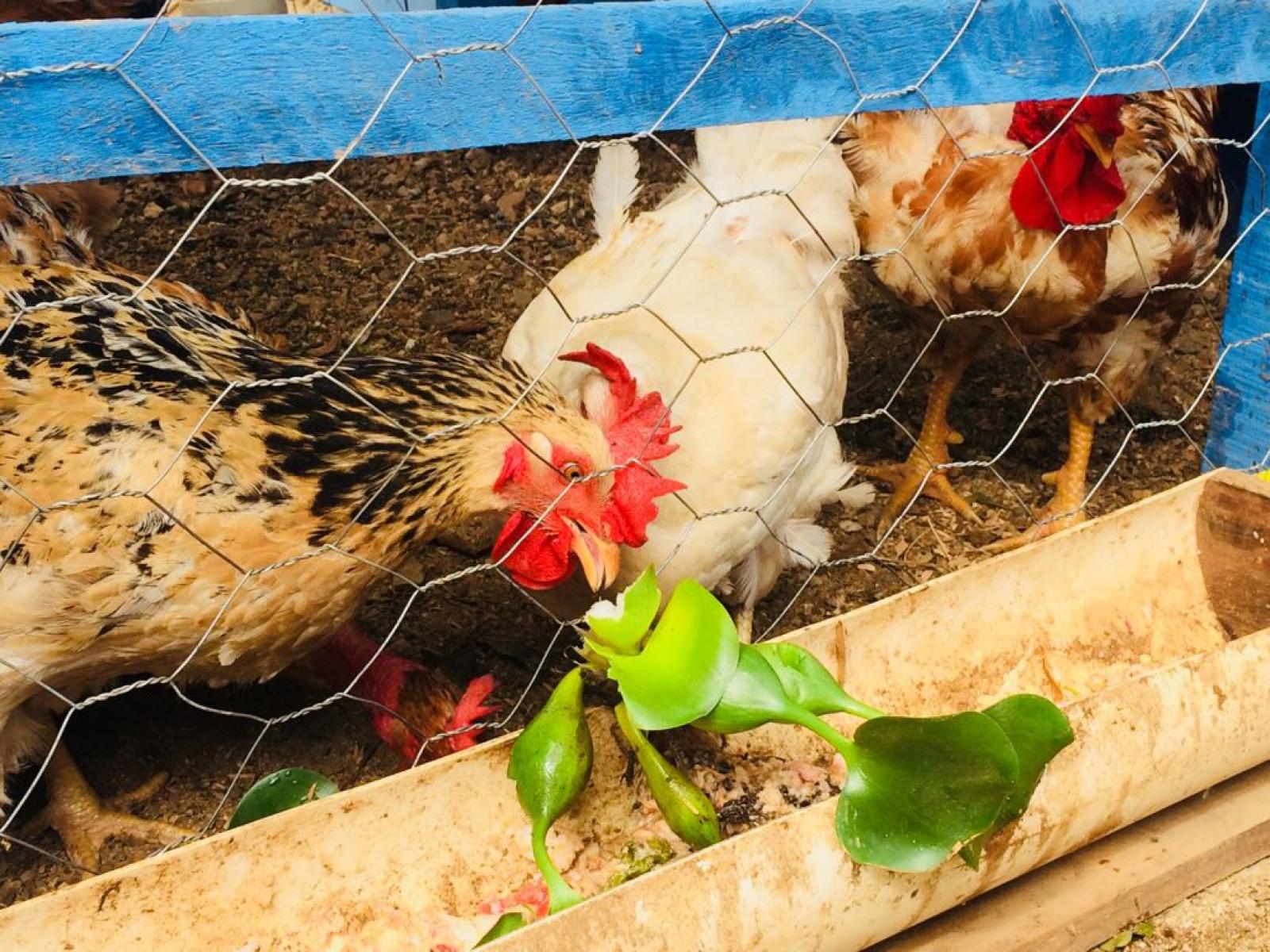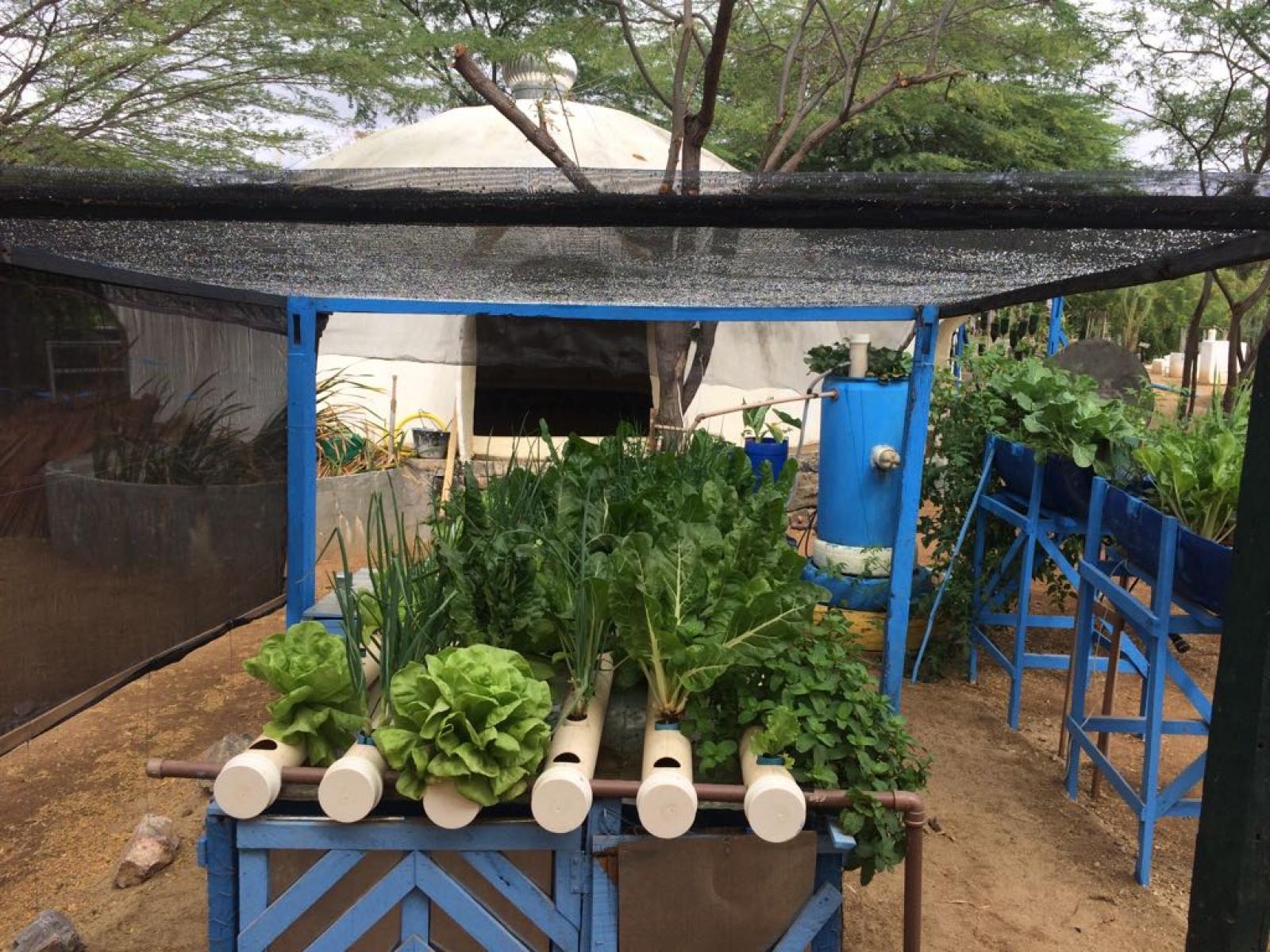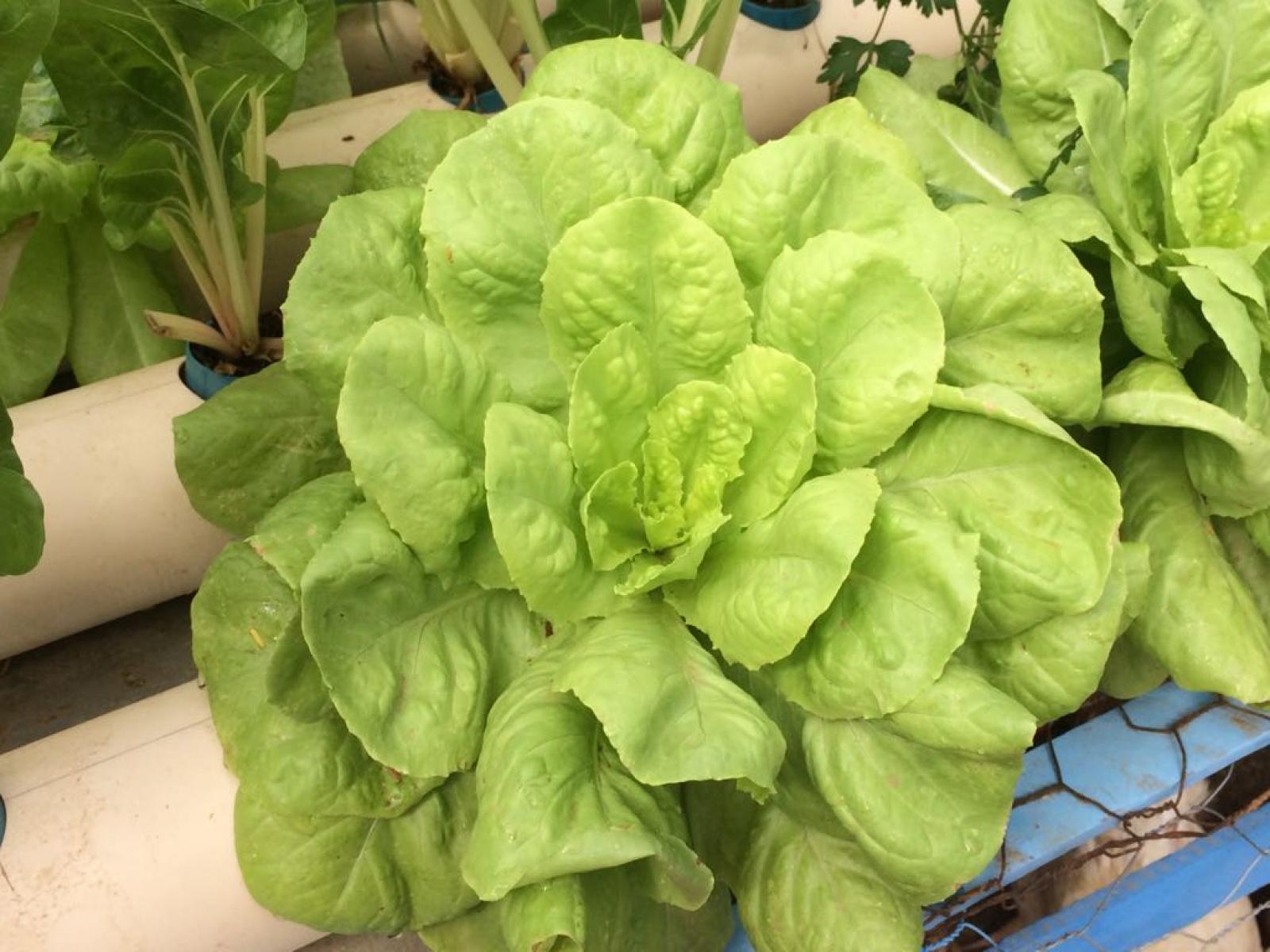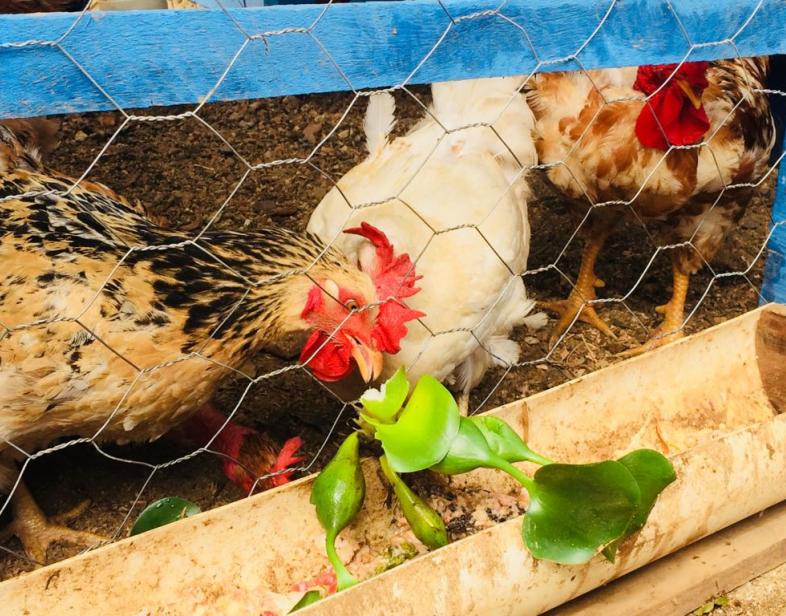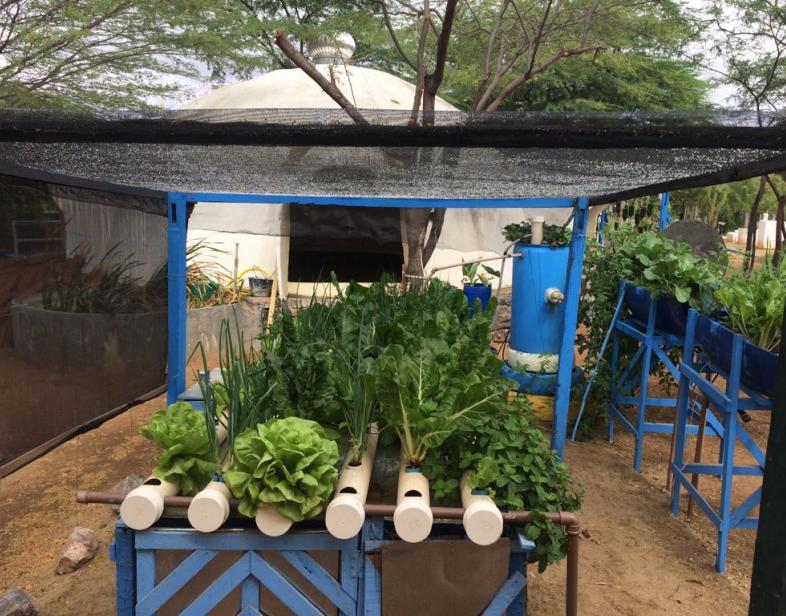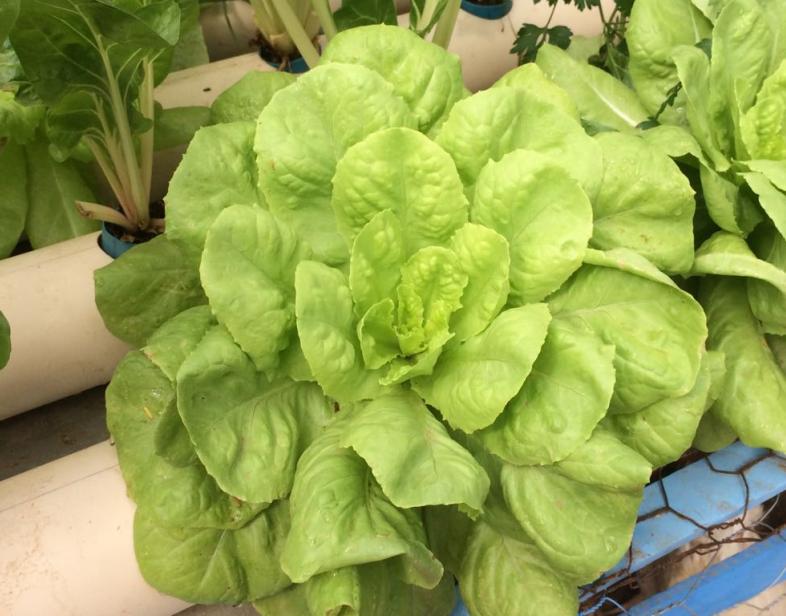An Overview Of Our Solution
This project aims at enabling family farmers in semiarid regions of the world to use and conserve both adapted and native plant varieties, leading to increased productivity and on-farm incomes, increased availability of nutrient-rich food, reduced adverse impacts to the environment, and enhanced resilience to climate change.
- Population Impacted: 6,000 people
- Continent: South America
Context Analysis
The Northeast semiarid photovoltaic usage potential is a synergetic element, which catalyses an innovative socioeconomic development paradigm on the Caatinga, as a new transformation perspective for the secular framework of the “sertanejo’s” dependence and poverty (Nobre et al, 2017). The changing weather conditions in the form of severe droughts and frequent floods (Lacerda et al, 2015;2016) point to a new model guided by the Caatinga biome’s abundance, Sun and richness, in contrast to a failed development paradigm modelled on water shortage (Nobre et al, 2017).
Describe the technical solution you wanted the target audience to adopt
Local production of organic food and electric energy from the sun within semiarid regions. Such challenge is to be achieved through the construction of agro-voltaic systems that generate the needed electric energy through photovoltaic transformation and the organic food production with recirculated rainwater. The production of native vegetation is also contemplated, which are watered with treated grey waters. Fish and chicken are produced in tandem with the vegetable production.
Type of intervention
Describe your behavioral intervention
Here we are aiming at changing the feeding habits of people in small communities in the farmland of semiarid Northeast Brazil, by the introduction of the agro-voltaic system in a agro-ecological school environment. By the provision of food, energy and water throughout the year, we intend to enhance peoples' resilience to interanual droughts and temperature increase trend already registered in the region.
As needed, please explain the type of intervention in more detail
The intervention is instrumental to make the small farmer in the semiarid Northeast Brazil, resilient to recurrent droughts, at the same time that increasing their family nutritional level and financial income.
Describe your implementation
1. To promote local energetic independence through the use of photovoltaic panels;
2. To promote the resilience increase related to the water resources seasonal variability on the Caatinga biome;
3. To implant a seedlings production system (Caatinga’s native plants nursery);
4. To train the local people on the technologies used on the project;
External connections
Our key partners in this undertaking are federal and state funding agencies (CNPq, FACEPE), research institutes and universities (INPE, EMBRAPA, UFPE, Oxford, SEMAS) and local schools (SERTA).
Who adopted the desired behaviors and to what degree?
The SERTA school in the city of IBIMIRIM, PE, has adopted the strategy fully, producing vegetables, fish and chiken locally, as well as utilising solar photovoltaics to pump water in the system.
How did you impact natural resource use and greenhouse gas emissions?
We have created 3,000 seedlings of Umbu tree (a native of the Caatinga biome) in the IPA nursery in Ibimirim. Such undertaking has not yet impacted neither natural resources use nor greenhouse gas emissions, but shall generate measurable impacts in due time.
What were some of the resulting co-benefits?
Students of the agro-ecological school have brought the new teachings on the ecologically balanced land use for food production and natural vegetation management to their families and communities.
Sustainability
The solution requires a upfront investment of the order of US$1,000.00, which must be paid by the small farmer. However, considering that the anual income due to fish and food production reaches the values ranging between $10,000.00 and $11,000.00, the initial investment fit perfectly within the possibilities generated by the agro-voltaic system.
Return on investment
See above.
How could we successfully replicate this solution elsewhere?
The experience reported here has not yet been replicated anywhere. However, doe to the simple construction (see photos) and the falling costs of photovoltaic panels globally, the system developed in this project can be readily replicated elsewhere in the world.
